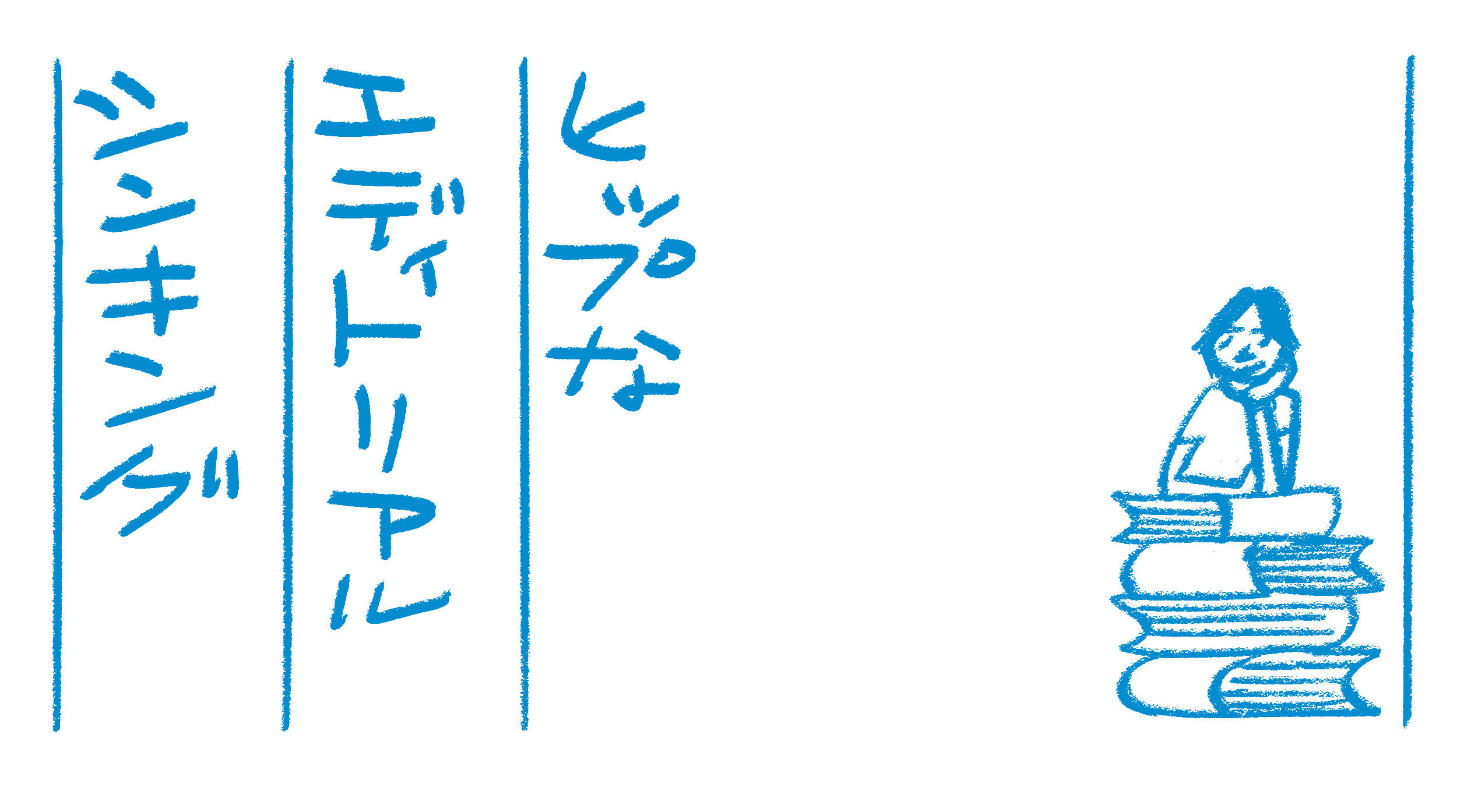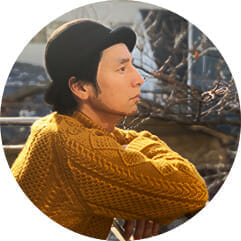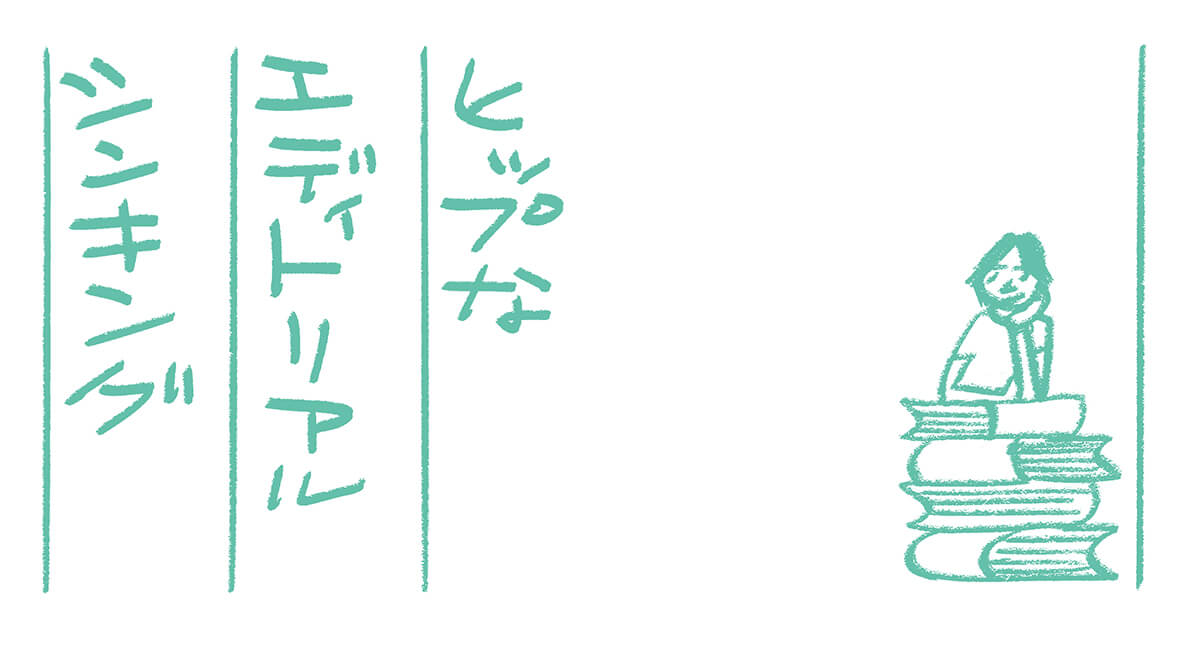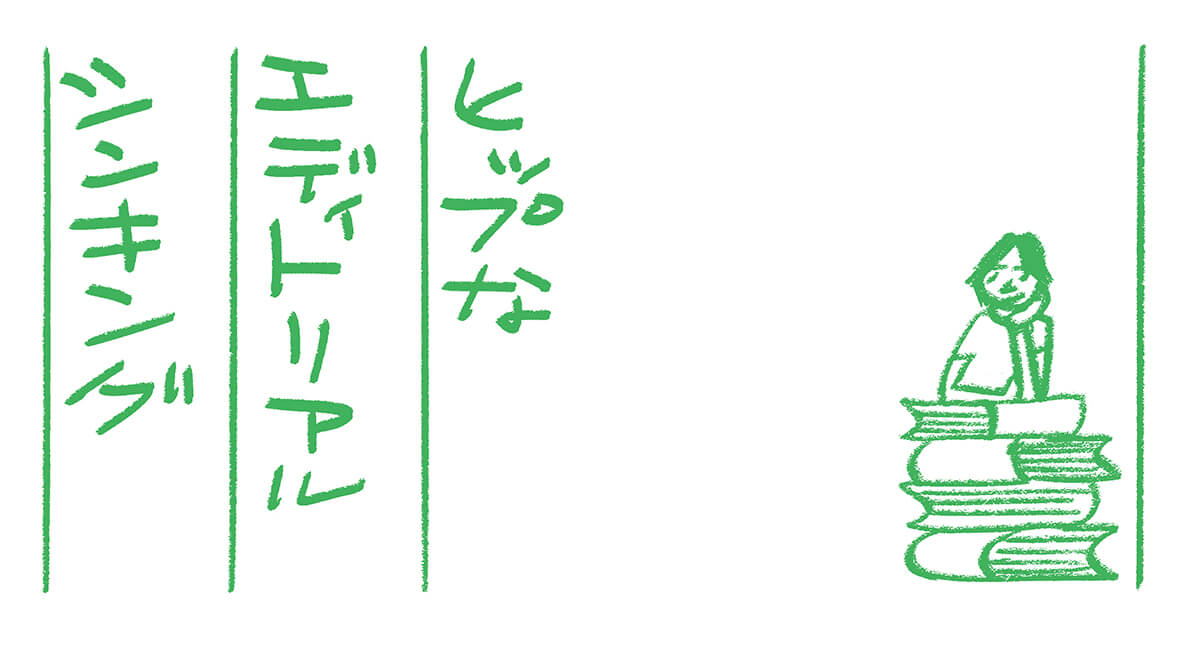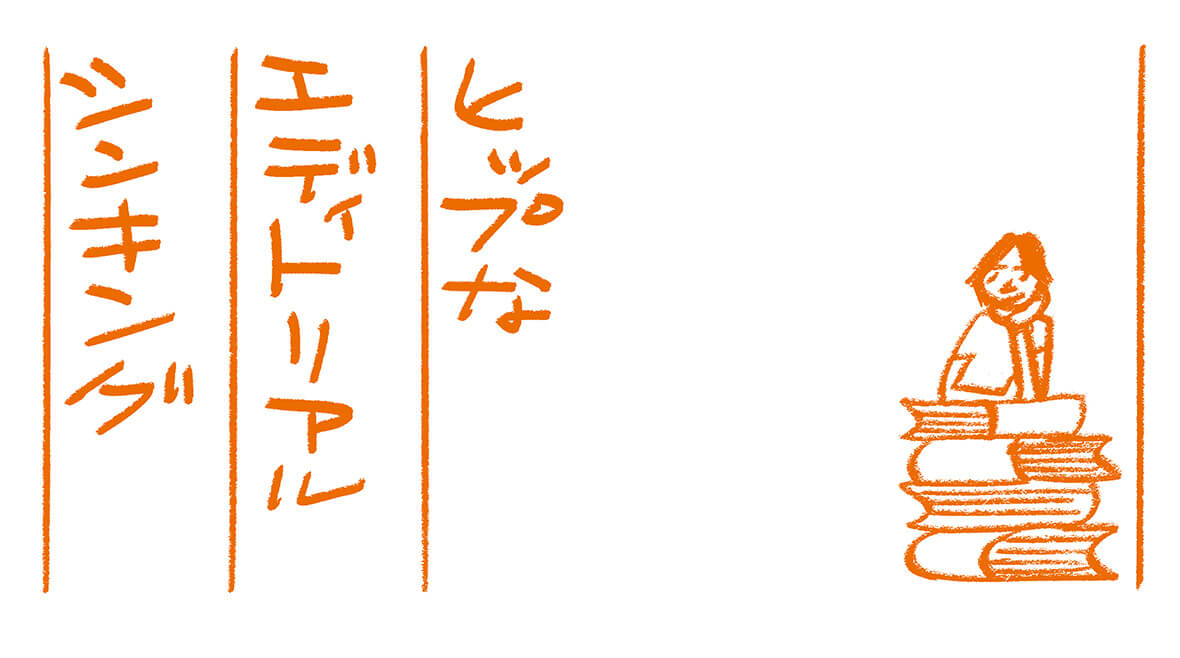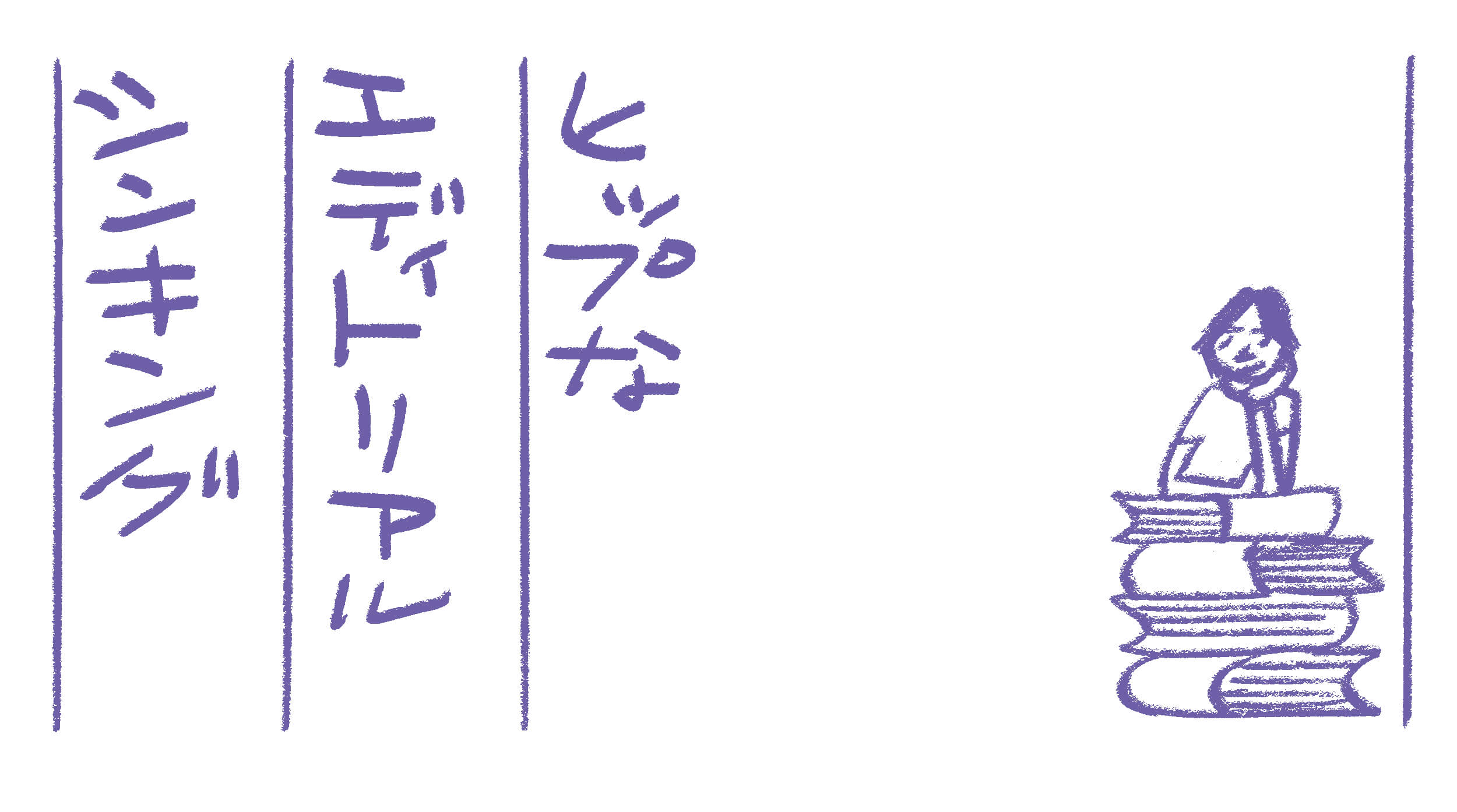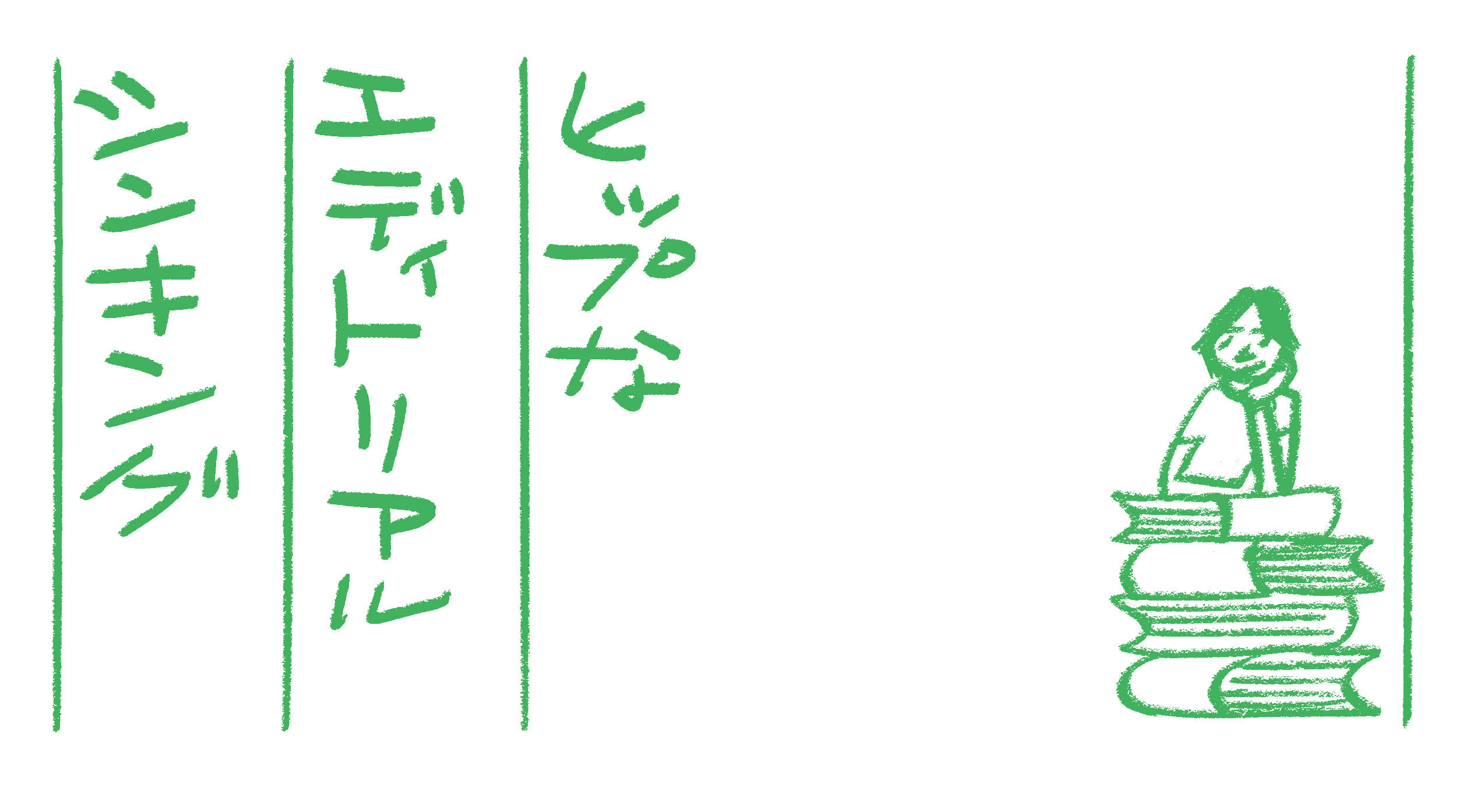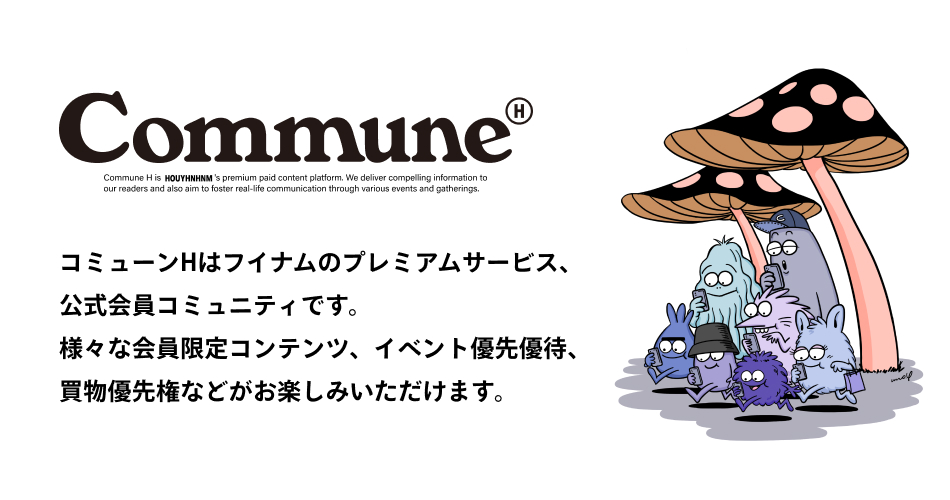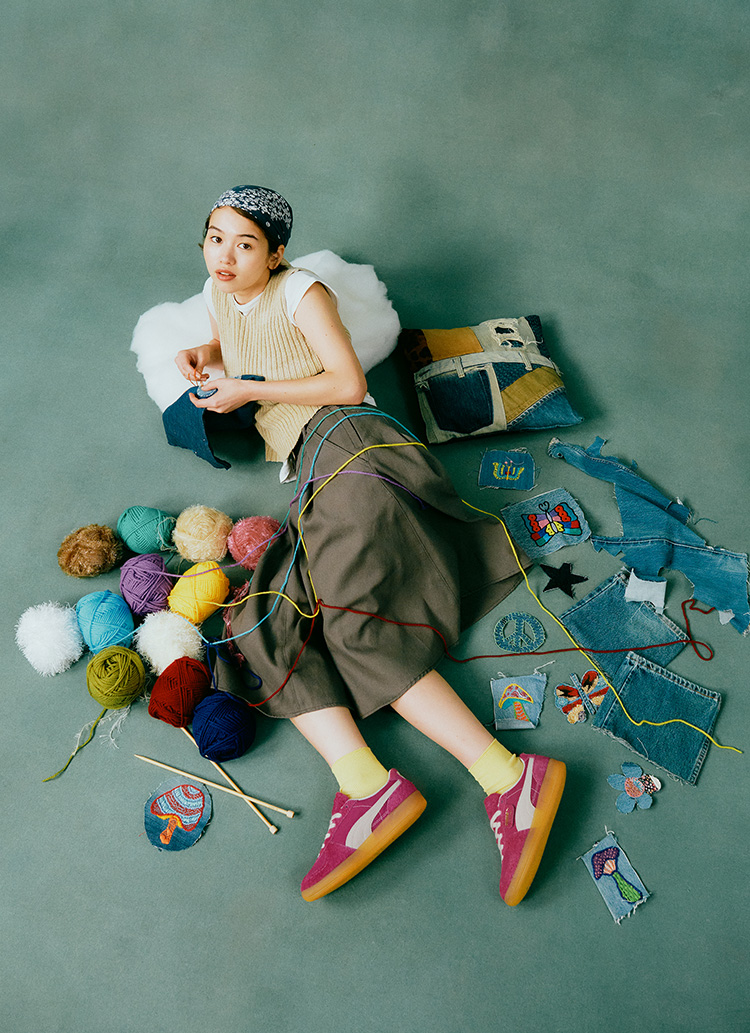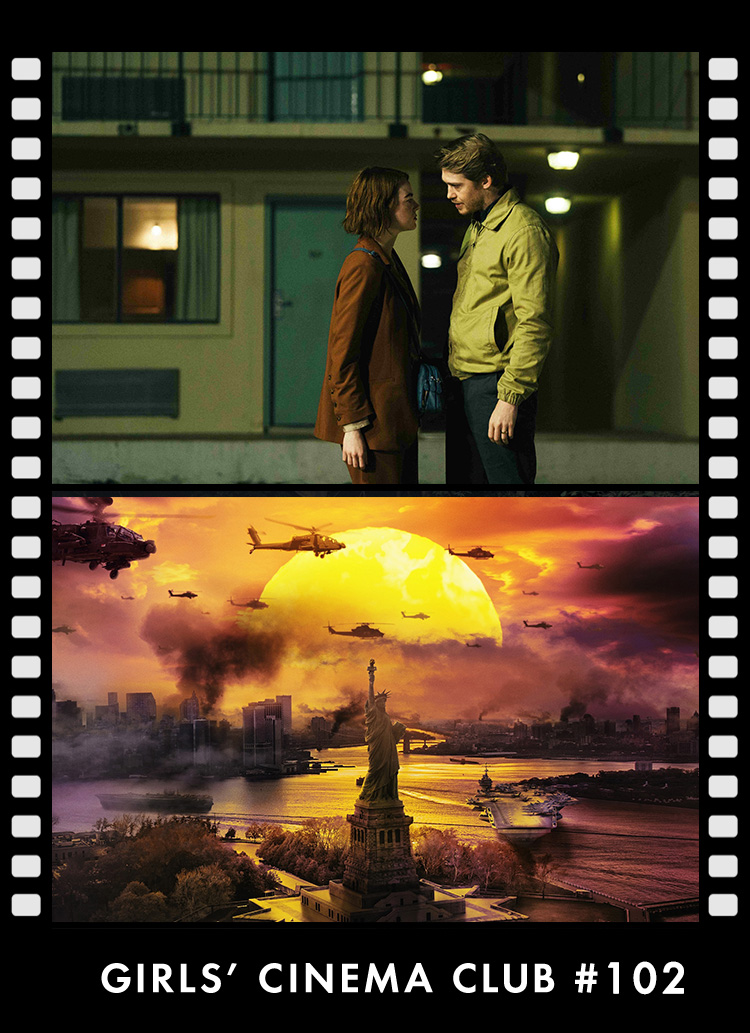2ndEveryone uses editorial thinking.
. Interest in "food" has been on the rise recently. Food is a recent topic of conversation among so-called "creators. They are exchanging information about their trips to Hokkaido to eat at a sushi restaurant or to San Sebastian. . It is true that everyone eats, so it is not a bad common topic of conversation. . bringing up a difficult algebraic geometry problem like the "Hodge Conjecture" probably wouldn't generate much heat.
. With the development of social networking and other factors, people everywhere have become more and more interested in food, and this has escalated to the point where it has become difficult to make reservations at some restaurants. . and this has escalated to the point where it has become difficult to make reservations at some restaurants, such as a yakiniku restaurant with a one-and-a-half year wait or a sushi restaurant with a two-year wait, which is as popular as an idol concert.
Sometimes they even take me to such restaurants. They are indeed delicious. I can understand why reservations are so hard to come by for this. . but on rare occasions, some restaurants bring a quesion mark to mind. Some people say that they are eating information, , and that may be true.
Some people who don't find these situations interesting say that this is , ridiculous, because they don't know what they want to eat months from now. But saying that ruins all plans. You never know when you're looking at Expedia whether you'll feel like going to Hawaii in six months. Same goes for Disneyland and theater. I'm not going to tear up my ticket last minute to say I'm not in the mood for Ed Sheeran today .
Eating is also entertainment.
However, I myself am not one to make reservations too far in advance. At best, up to a month in advance. It would be bad for the restaurant to cancel a reservation at the last minute because I can't make it, and I don't want to give up the right to an acquaintance. . because a restaurant is as much about the food as it is about the communication with the people there.
The stores I choose are only a few familiar ones. If I like a place, I go there often, and I get to know the people at the restaurant, which makes me feel even more comfortable and makes me go there even more.
. I mostly drink wine while eating. However, when eating Japanese food, I choose sake, and at izakaya (Japanese style pubs), I drink shochu and other liquors. . In principle, I choose the sake that goes well with the food.
At one time I tried to cram my knowledge about wine, but there were too many countries, grape varieties, and producers, so I gave up. . Rather than choosing a wine based on our poor knowledge, it is more enjoyable to ask a sommelier to guide us through the unknown world, which we do not know.
In recent years, more and more restaurants serve wines by the glass to match the dishes in a marriage. Some sommeliers have blown away the old-school idea of white for fish, red for meat, and Sauternes for foie gras, and are now offering suggestions that are a cut above the norm.
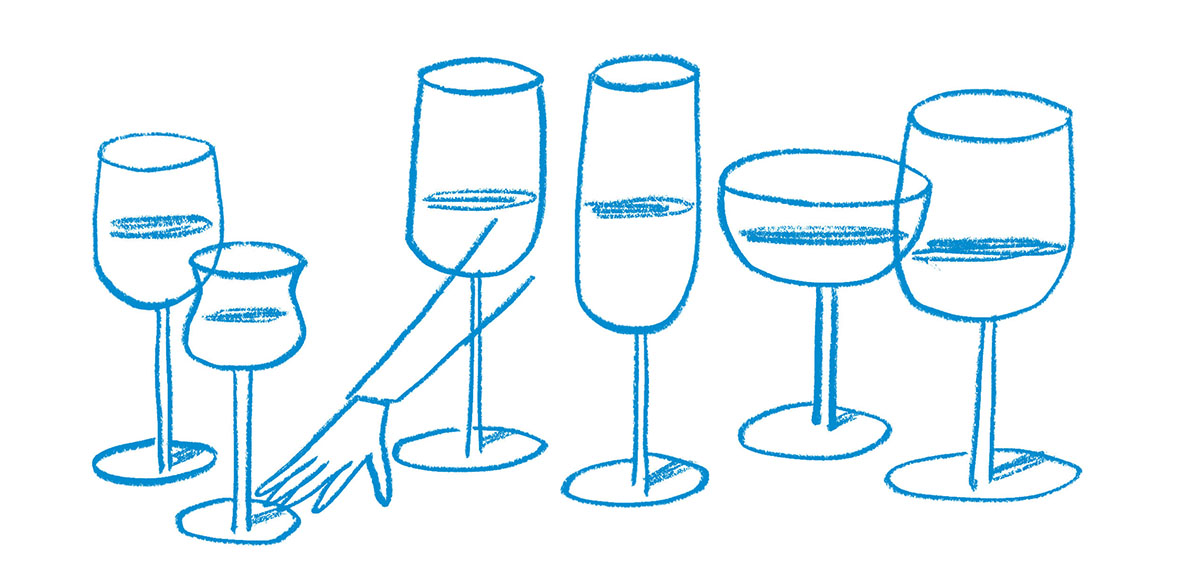
In a sense, the sommelier is an editor and stylist who coordinates the wines to go with the plates. . He selects the best species from a vast amount of data and opens the door to an unknown world.
The same can be said of the cook. The way in which the food is prepared, arranged, and served is also editorial. The serving style can stimulate the appetite, and there is no limit to the shapes and colors that can be used.
Stylist Work
The job of fashion styling is also included in the editorial process.
, whose job it is to collect and coordinate clothing and decorations. In other words, he "edits" the style.
Based on his own style, and keeping in mind trends and the purpose of his work, he visits all kinds of stores and manufacturers' pressrooms, from vintage clothing stores to luxury brands, and collects clothes. . He not only combines clothes, but also creates his own styling, paying attention to details such as whether to put the shirt in or out of the pants, whether to wear a smaller or larger size, and whether to open or fasten the buttons.
Recently, there was news about an IT startup that measures a person's size using a smartphone, etc., to make it easier to buy clothes that fit that person through e-commerce, but stylists would probably say that's not the point. But stylists would say that's not the point.
Nowadays, stylists are active in a wide range of fields, and depending on the job, they may even play the role of creative director. This is another aspect of editing.
Stylists play a significant role.
. The designer's creations are also very important. Each season, they present a new collection as if they are grinding themselves to a pulp. Many of them are so nervous that they recall the old tale of pulling out their own wings to weave a machine.
A single designer can generate enormous profits that are no less than the products that industrial manufacturers spend money to develop, work with researchers and engineers within a large team, and bring to market.
. but their job is creation, not editing. Some designers may have an editorial point of view, but if we compare it to industry, it is primary creation. . Styling and editing might be considered secondary creation.
There is a role for each of them. It is not a question of superiority or inferiority. . both are roles that have a very big impact on the fashion world and the world at large.
Without a stylist, they might never have thought of layering a jean jacket under a jacket or combining vintage clothing with designer brands. . Sometimes they follow the rules, and sometimes they propose unconventional coordination. From this accumulation, a new generation of stylists and designers will emerge.
However, these days, some brands often prevent stylists from creating their own creations. Some will only accommodate a pre-determined look for the same brand when it is presented in a magazine, for example.
They are giving up their own potential to further enhance the value of the brand with stylist and editorial creations. This is truly unfortunate.
As an organization grows, it becomes rigid and becomes like a government office. . in the opposite direction of creation.
DJs are also editors.
Music , or songs, can also be considered a primary creation.
Just a few years ago, there was a special exhibit in Ginza to celebrate the 40th anniversary of the Walkman. The view of successive generations of Walkmans lined up was powerful.
The advent of the Walkman has changed the way we enjoy music. The style of listening changed from playing LP records on an audio set to a more active style of enjoying music by independently editing tapes and arranging the songs you want to listen to in the order you want to listen to them.
On the musician's side, recording had until then been album-oriented. The order of the songs was determined, and the audience listened to the songs in that order. However, with the advent of the Walkman, people no longer listened to music in the way that the musicians wanted. A style was established in which people wanted to listen to music more freely.
When we were young, we used to lend and borrow mixtapes edited from records and CDs to our friends. . I was happy and nostalgic when I saw the main character in the Marvel movie "Guardians of the Galaxy" playing his mother's mix tapes on his first-generation Walkman.
A DJ is a disc jockey, a person who plays records. A DJ is a person who selects songs from a vast amount of music content and plays them appropriately for the occasion, whether it is a radio DJ, a club DJ, or any other type of DJ.
DJs are responsible for editing music and creating "venues" in lounges, bars, clubs, concert halls, and many other venues, and while DJs need to have the technique to connect songs, the most important thing is to have a good sense of editing and choosing what songs to play and when to play them.
In this sense, the DJ is a stylist of the place.
Expanding the story in this way, the same role is played by those who create lighting in bars, etc. , as well as by producers of store interiors.
Any work requires an editorial sense of gathering and weaving. . in other words, whether or not one can think editorially.
Editorial thinking is one of those abilities that everyone uses in all genres, whether they are aware of it or not.
PROFILE
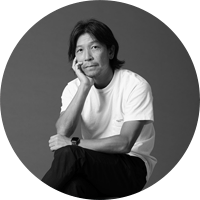
After working as a freelance editor, he founded Lino Inc., a production company that handles editing and production, etc. In 2004, he launched HOUYHNHNM.


